The applyInPandas method can be used to apply a function in parallel to a GroupedData pyspark object as in the minimal example below.
import pandas as pd
from time import sleep
from pyspark.sql import SparkSession
# spark session object
spark = SparkSession.builder.getOrCreate()
# test function
def func(x):
sleep(1)
return x
# run test function in parallel
pdf = pd.DataFrame({'x': range(8)})
sdf = spark.createDataFrame(pdf)
sdf = sdf.groupby('x').applyInPandas(func, schema=sdf.schema)
dx = sdf.toPandas()
The minimal example has been tested on an 8 CPU single node system (eg a m5.4xlarge Amazon EC2 instance) and takes approximately 1 second to run, as the one-second sleep function is applied to each of 8 CPUs in parallel. pdf and dx objects are in the screenshot below.
My issue is how to run the same minimal example on a cluster, eg an Amazon EMR cluster. So far, after setting up a cluster the code is being executed with a single core, so the code will require appx 8 sec to run (each function executed in series).
UPDATE
Following @Douglas M's answer, the below code parallelizes on an EMR cluster
import pandas as pd
from datetime import datetime
from time import sleep
# test function
def func(x):
sleep(1)
return x
# run and time test function
sdf = spark.range(start=0, end=8, step=1, numPartitions=8)
sdf = sdf.groupby('id').applyInPandas(func, schema=sdf.schema)
now = datetime.now()
dx = sdf.toPandas()
print((datetime.now() - now).total_seconds()) # 1.09 sec
However using repartition does not parallelize (code below).
import pandas as pd
from datetime import datetime
from time import sleep
# test function
def func(x):
sleep(1)
return x
# run and time test function
pdf = pd.DataFrame({'x': range(8)})
sdf = spark.createDataFrame(pdf)
sdf = sdf.groupby('x').applyInPandas(func, schema=sdf.schema)
sdf = sdf.repartition(8)
now = datetime.now()
dx = sdf.toPandas()
print((datetime.now() - now).total_seconds()) # 8.33 sec
Running the above code, the spark progressbar first indicates 8 tasks then switches to 1 task.

